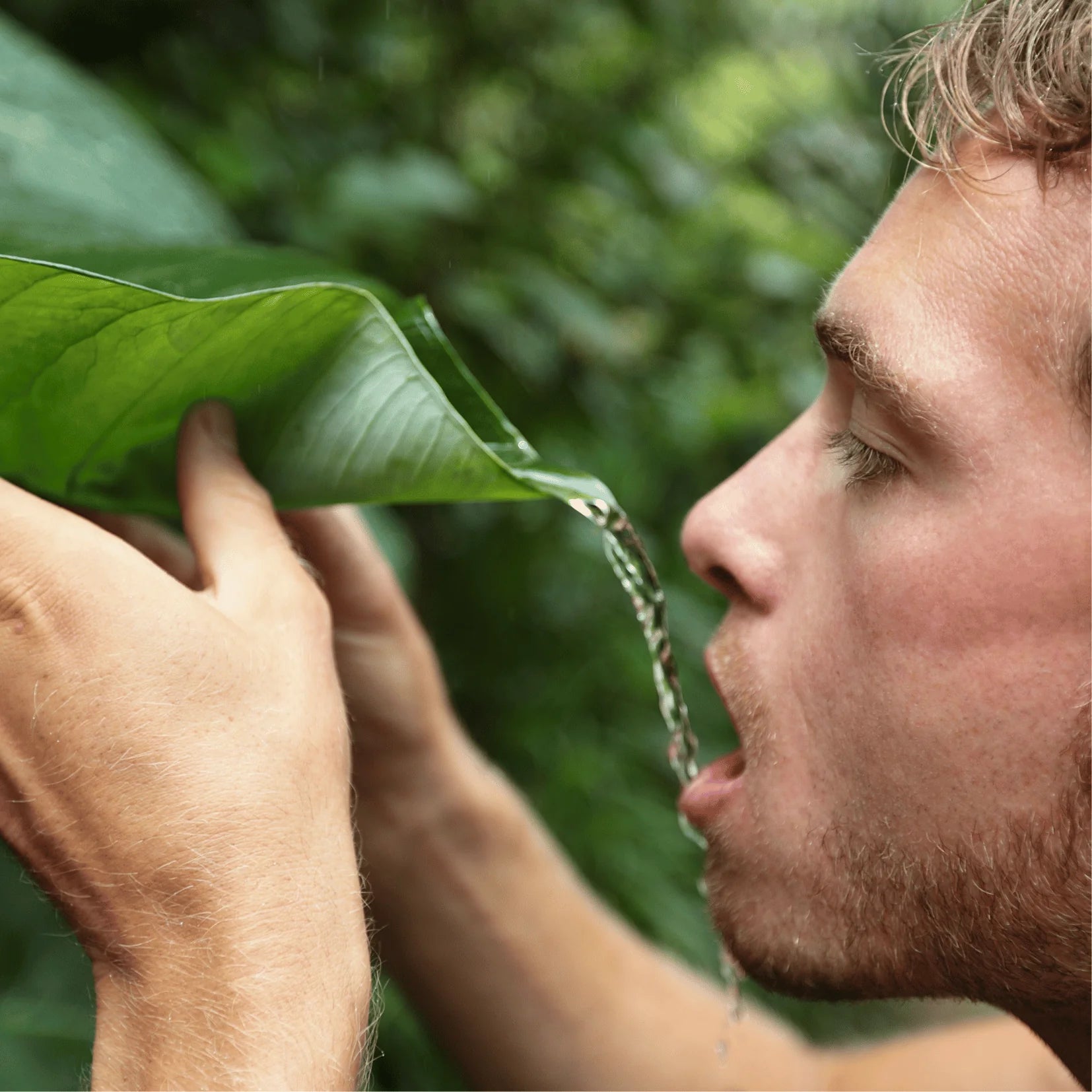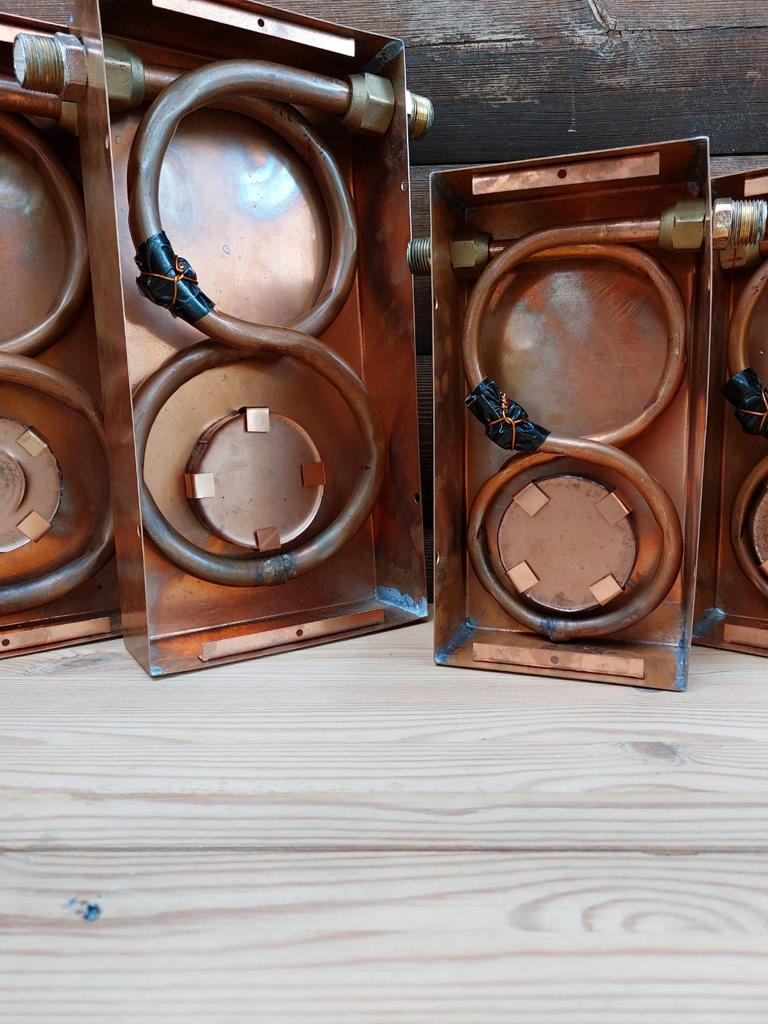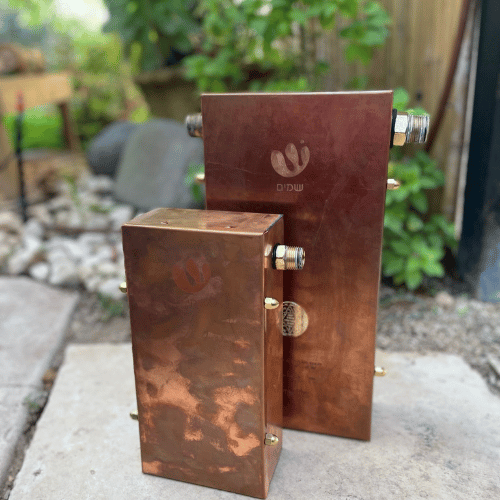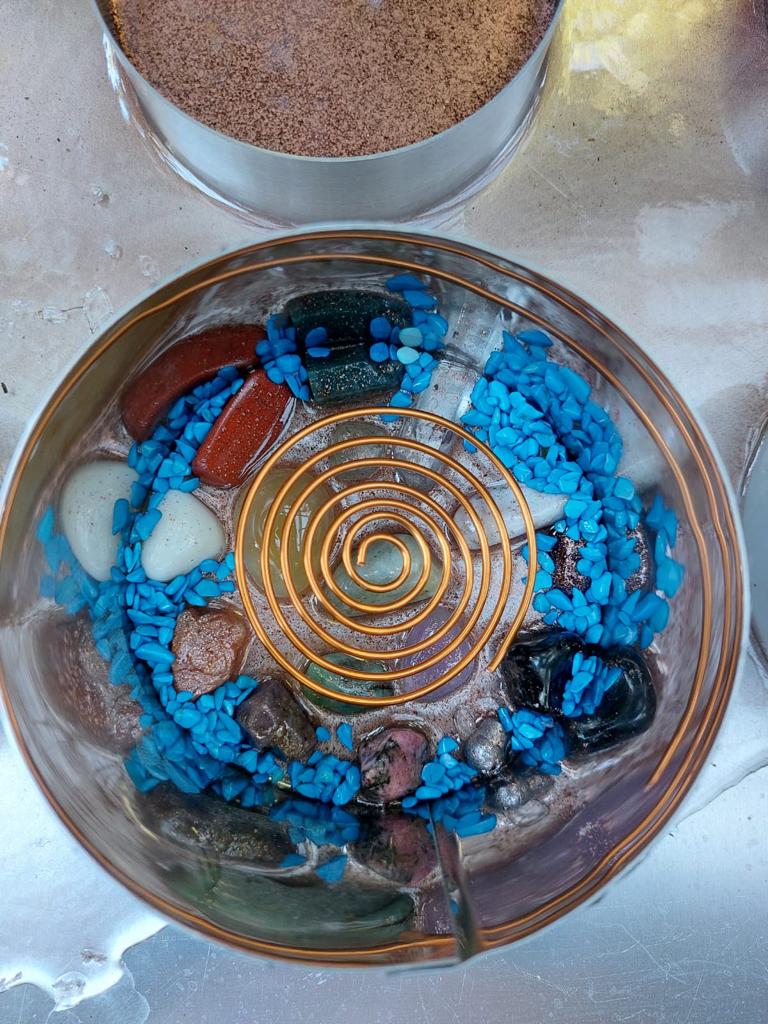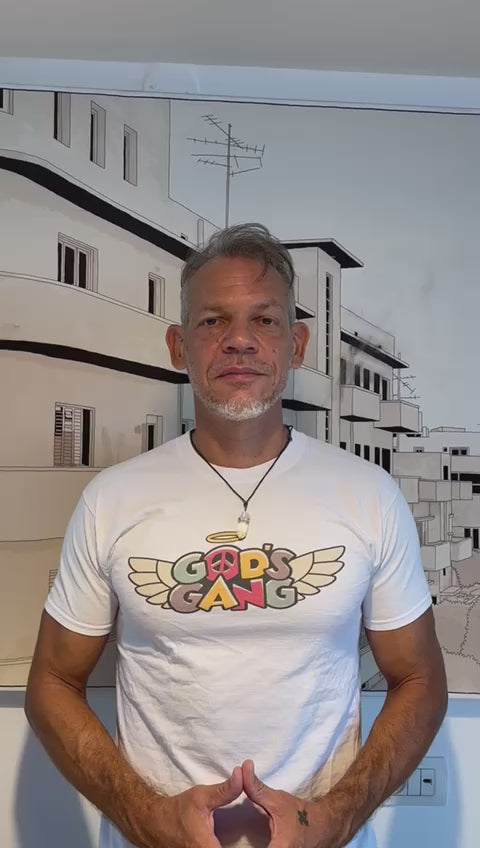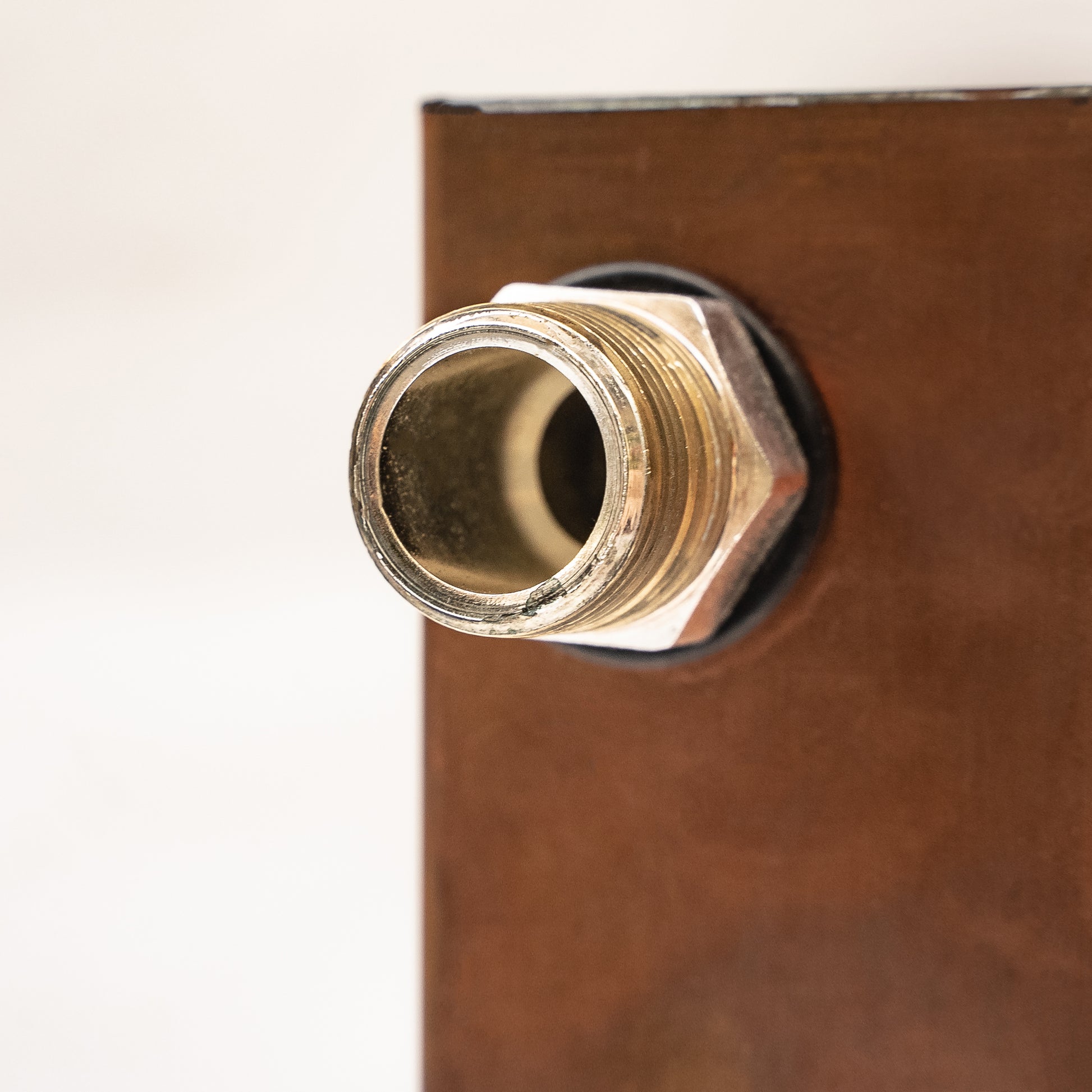engineer. https://www.youtube.com/watch?v=yXPrLGUGZsw
Victor Schauberger, a 19th century Austrian forester is the man to whom the technology of water whirling (vortex) to reconstruct water is attributed for the first time.
Only a few people in the world have heard of Viktor Schauberger, and his discoveries about the nature of water. And yet, Schauberger's ideas about water are undeniably important, as is James Lovelock's "Gaia Hypothesis" about the Earth as a self-regulating system. Schauberger argued that if we treat water only as a molecular compound, we do them an injustice, and we also harm ourselves.
Victor Schauberger was born in Austria in 1885, to a family of foresters. His family motto was "loyal to the silent woods". After seeing the effects of a university education on his older brothers—they returned with what he called a "technical-academic mentality" based on "science alienated from nature"—he decided not to follow in their footsteps, and instead became a forester.
Through patient observation of nature, he learned to understand many of the mysteries of water. His central discovery was the so-called spiral-west movement of water,
A snake swims across a stream of water
Watching a snake swim across a fast-moving stream of water in a double spiral motion (a wave-like combination of vertical and horizontal twists) made him realize that if the logs could be made to twist in the same way by fitting opposite twists on the sides of the channel, they would not get stuck as they moved downstream. Thanks to the reverse twisters installed, even the largest and heaviest logs moved down the channel like snakes twisting and turning in the water.
The ways of nature are always indirect
Most of the forest commissioners and hydrologists opposed his design, and were furious when the design worked perfectly, because it contradicted all their theories. The hydrology of his day claimed that water is only a chemical substance, and that it must be channeled to its destination in the straightest and most direct paths, for maximum efficiency. Schauberger believed the opposite: for him water was a living being or essence, which had certain essential needs (such as a spiral, a winding movement), which if ignored would turn the water into aggressive and destructive - eroding river banks, for example. "The ways of nature," he said, "are always indirect."
Another discovery came to him when he crossed a fast flowing mountain stream. In the process, he dislodged a fish that was standing still in the water with a stick blow, and the fish was immediately shot upstream at high speed. As a result of this experience, he asked himself several questions: 1) How did the fish get to such a position above the waterfall in the first place? 2) How did he manage to remain stationary in the midst of a raging current and then, how did he manage to overcome the resistance of the water and his own body weight and move against the current with such ease and speed?
On another occasion, he noticed that a raven that was at the bottom of a stream bent in the upstream direction, despite the rapid flow of water. This seemed to be similar to the stationary fish phenomenon.
His explanation for these phenomena was the "longitudinal eddy": by rotating around its axis in a helical motion, the fish created a countercurrent that allowed it to remain stationary or, by flapping its gills and creating additional eddies, move upstream at extraordinary speed.
Schauberger formulated this by stating that in addition to the force of gravity pulling the water out of the source and down to the sea, there is a corresponding buoyancy energy that leads the water back to its source. When the river is in optimal health, the forces of buoyancy are even stronger than gravity, and as a result the tips of the moss on the bottom of the stream are pulled "back".
In a naturally flowing river, the longitudinal eddy tends to flow in the center of the river. Because of the eddy movement, the river pulls material to its center, so that the heaviest material - the densest water, at 4 degrees Celsius - will be in the center. Into this central vortex the fish finds its way, and once it is there it can stay as long as it wants, like in a cocoon, and wait for the food of the river to come flowing into its mouth. This is why rainy or windy days are good for fishing such streams, as the fish cannot maintain their position when the water is warm or when the temperature changes frequently.
Harnessing the vortex movement for sustainable technology
Through these and many other observations, Schauberger determined that the vortex motion could be used to create sustainable technology for the future. He developed a number of extraordinary inventions. One of the most important of them was the "broken engine". "Collapse is a suction process that causes matter to move inward, not outward as in the case of an explosion. However, this inward (centrifugal) movement does not move in a straight (radial) path to the center, but moves in a twisting and swirling path. This is called vortex and this is the secret of nature "
In the service of nature and humanity
Schauberger feels a strong need to protect nature and promote sustainable technology. He realized how important water is to life on earth and saw how our civilization "kills" water
The water we drink and use for washing these days is lifeless Contaminated with chemicals, transported to homes in canals and straight pipes. Even mineral water is kept in straight transparent containers, while
that the ideal conditions for water are coolness, darkness and lack of oxygen.
In the sky we use a swirling technology that allows the tap water that reaches the device in a linear fashion to go through a process that simulates the circular flow in a river and thus we charge each drop with energy that produces water that is structured and has life energy

